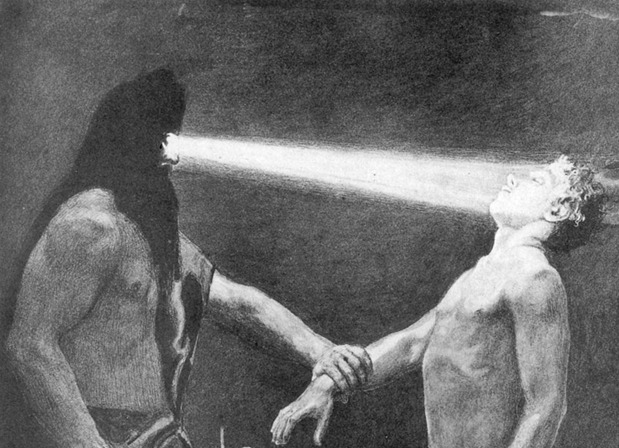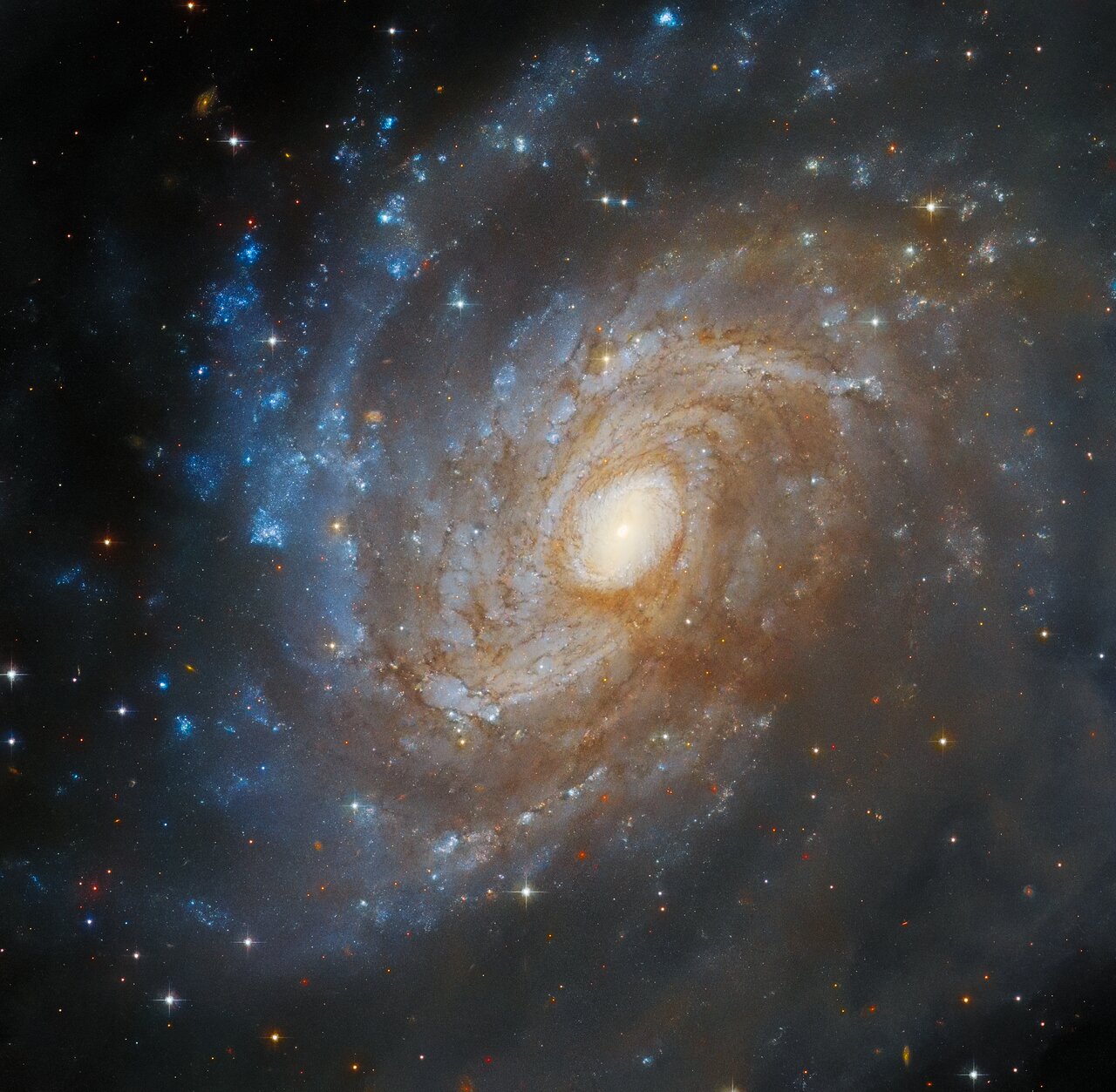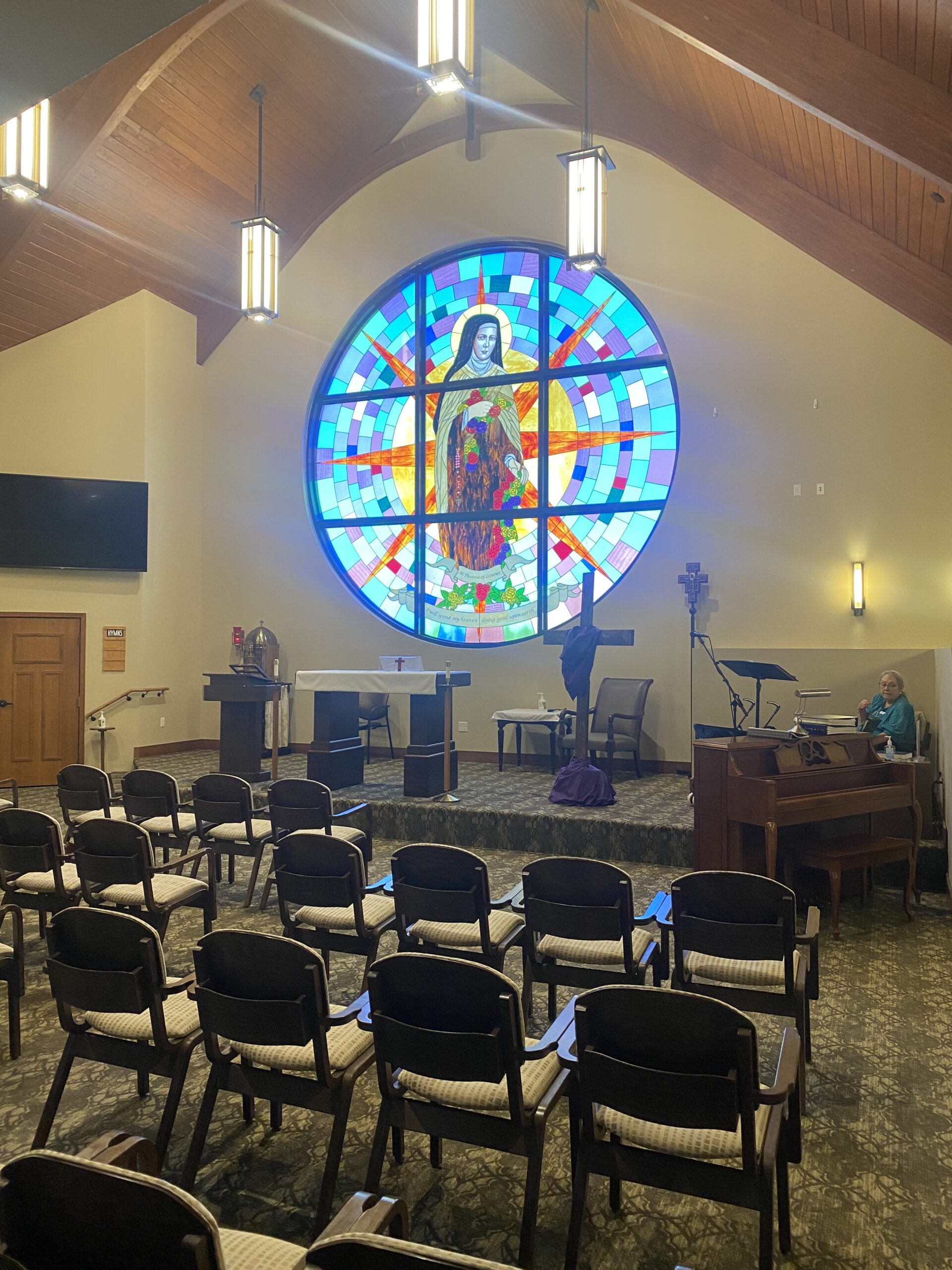Blog
John Lee Granderson (11 April 1913, Ellendale, Tennessee, – 22 August 1979, Chicago, Illinois, was a blues guitarist and singer.
Granderson’s style was established in west Tennessee blues before World War II. He learned to play the guitar when he was nine years old. Although not a professional musician, he played mostly in the Memphis area with Sleepy John Estes, Hammie Nixon, and others. He left his parents around 1927, making his way north to Chicago in 1928.
For many years he worked as a junkman, auto mechanic and custodian. He performed around Chicago frequently, sometimes with John Lee “Sonny Boy” Williamson in the 30’s and 40’s. 1940s-1960s: John Lee Granderson, Avery Brady and Arvella Gray all performed on Maxwell Street. He recorded for Testament in 1962 – 1966 by himself and as part of the Chicago String band (with Johnny Young, Big John Wrencher and Carl Martin). Additional recordings were made for Adelphi. Others that Granderson played with were Robert Nighthawk, Big Joe Williams, and Daddy Stovepipe. He was most active in the 1960s. Granderson sang and played guitar close to the style of the Memphis musicians of his youth . For the most part he ceased performing publicly in 1975, but he continued composing lyrics until his death. He suffered a stroke in February 1979 and he died that August of pancreatic cancer in Chicago, IL 1979, at the age of 66.
more...
The subject of this week’s Picture of the Week from Hubble is the spiral galaxy IC 4633, located 100 million light-years away from us in the constellation Apus. IC 4633 is a galaxy rich in star-forming activity, as well as hosting an active galactic nucleus at its core. From our point of view, the galaxy is tilted mostly towards us, giving astronomers a fairly good view of its billions of stars.
However, we can’t fully appreciate the features of this galaxy — at least in visible light — because it’s partially concealed by a stretch of dark dust. This dark nebula is part of the Chamaeleon star-forming region, itself located only around 500 light-years from us, in a nearby part of the Milky Way galaxy. The dark clouds in the Chamaeleon region occupy a large area of the southern sky, covering their namesake constellation but also encroaching on nearby constellations, like Apus. The cloud is well-studied for its treasury of young stars, particularly the cloud Cha I, which has been imaged by Hubble and also by the NASA/ESA/CSA James Webb Space Telescope.
The cloud overlapping IC 4633 lies east of the well-known Cha I, II and III, and has been called MW9 or the South Celestial Serpent. A vast, narrow trail of faint gas that snakes over the southern celestial pole, it’s much more subdued-looking than its neighbours. It’s classified as an integrated flux nebula (IFN) — a cloud of gas and dust in the Milky Way galaxy that’s not near to any single star, and is only faintly lit by the total light of all the galaxy’s stars. Hubble has no problem making out the South Celestial Serpent, though this image captures only a tiny part of it. For a showy astronomical object like IC 4633, among the South Celestial Serpent’s coils clearly isn’t a bad place to hide.
[Image Description: A spiral galaxy seen nearly face-on. The disc is made up of many tightly wound spiral arms. They contain small strands of reddish dust, near the centre. On the left side, the disc features glowing patches of star formation. The whole right side, and part of the centre, is obscured by a large cloud of dark grey gas which crosses the image.]

Joey DeFrancesco (April 10, 1971 – August 25, 2022 Springfield, PA) was an American jazz organist, trumpeter, saxophonist, and occasional singer. He released more than 30 albums under his own name, and recorded extensively as a sideman with such leading jazz performers as trumpeter Miles Davis, saxophonist Houston Person, and guitarist John McLaughlin.
DeFrancesco signed his first record deal at the age of 16 and over the years recorded and toured internationally with David Sanborn, Arturo Sandoval, Larry Coryell, Frank Wess, Benny Golson, James Moody, Steve Gadd, Danny Gatton, Elvin Jones, Jimmy Cobb, George Benson, Pat Martino, Tony Monaco, John Scofield, Lee Ritenour, Joe Lovano, and had prominent session work with a variety of musicians, including Ray Charles, Bette Midler, Janis Siegel, Diana Krall, Jimmy Smith, and Van Morrison.
more...Omar Sosa (born April 10, 1965) is a jazz pianist from Cuba.
A native of Camagüey, Cuba, Sosa studied percussion at the Escuela Nacional de Musica and Instituto Superior de Arte. In the 1980s he started the band Tributo, recording albums and touring with the band.He worked with Cuban vocalist Xiomara Laugart and several Latin jazz bands. In the 1990s he moved from Cuba to Quito, Ecuador; to Palma de Mallorca, Spain; to the San Francisco Bay area, in California, United States; and finally settled in Barcelona, Spain.
more...Claude Bolling (10 April 1930 – 29 December 2020) was a French jazz pianist, composer,arranger, and occasional actor.
He was born in Cannes, France, and studied at the Nice Conservatory, and then in Paris. A child prodigy, by the age of 14 he was playing jazz piano professionally, with Lionel Hampton, Roy Eldridge, and Kenny Clarke. Bolling’s books on jazz technique show that he did not delve far beyond bebop into much avant-garde jazz. He was a major part of the traditional jazz revival in the late 1960s, and he became friends with Oscar Peterson.
more...Ma’soumeh Dadehbala ( Masume Dadebâlâ; April 10, 1942 – January 20, 1990), known professionally as Hayedeh was an Iranian singer with a contralto vocal range. Known for her wide range of voice, her career spanned over two decades, and she has been widely described as one of the most popular and influential musicians of Iran. On January 20, 1990, the day after a performance at the Casablanca Club, near San Francisco, California, Hayedeh died from a heart attack. She was 47 years old. She had a history of diabetes and hypertension.
more...
Kishori Amonkar (10 April 1932 – 3 April 2017) was an Indian classical vocalist, belonging to the Jaipur gharana, or a community of musicians sharing a distinctive musical style. She is considered to be one of the foremost classical singers in India.
She was a performer of the classical genre khyal and the light classical genres thumri and bhajan. Amonkar trained under her mother, classical singer Mogubai Kurdikar also from the Jaipur gharana, but she experimented with a variety of vocal styles in her career.
more...Located in the picturesque southern constellation of Centaurus, the Gum 41 nebula takes up most of this image brought to you by the VLT Survey Telescope, hosted at ESO’s Paranal Observatory in Chile. Let’s take a closer look at this intricate structure. 7,500ly
Set against a colorful backdrop of stars, Gum 41 is a pleasantly symmetric example of a Strömgren sphere: a shell of hydrogen gas atoms glowing in rosy hues due to the radiation of the dazzling central star. While this star, called HD 100099, may appear to be one very bright object, it is actually thought to be two young, massive stars orbiting in such a tight embrace that they cannot be separated at the scale of this image.
This romantic region is home to many pairs like this, including the luminous object on the lower right outskirts of the nebula, HD 99944. Sadly, the love story in these stellar couples will have a tragic ending: unlike our Sun, these hot and massive stars tend to have short lifetimes of only a few million years, and eventually there will be no young stars left to make the nebula glow. One day, Gum 41 will fade into transparency and be lost to future astronomers forever.
Gum 41 is also a member of a much larger region, affectionately called the Running Chicken Nebula. Whether Gum 41 forms the foot or the head of the chicken is surprisingly controversial.

Reuben Wilson (April 9, 1935 – May 26, 2023) was an American jazz organist in the soul jazz tradition. Widely sampled and influential among acid jazz musicians, he is best known for his album Got to Get Your Own.
Wilson was born in Mounds, Oklahoma, and his family moved to Pasadena when he was 5. He played in Los Angeles with drummer Al Bartee, then moved to New York to begin a recording career. In addition to playing with jazz musicians Melvin Sparks and Willis Jackson, Wilson led the local band Wildare Express. He remained active into his late 70s, until developing dementia. He died of lung cancer in New York City, on May 26 2023, at the age of 88.
more...Stephen Kendall Gadd (born April 9, 1945 Irondequoit, New York) is an American drummer, percussionist, and session musician. Gadd is one of the best-known and highly regarded session and studio drummers in the industry, recognized by his induction into the Modern Drummer Hall of Fame in 1984. Gadd’s performances on Paul Simon‘s “50 Ways to Leave Your Lover“(1976) and “Late in the Evening“, Herbie Mann‘s “Hi-jack”(1975) and Steely Dan‘s “Aja“(1977) are examples of his style. He has worked with other popular musicians from many genres including Simon & Garfunkel, James Taylor, Chick Corea, Chuck Mangione, Eric Clapton and Michel Petrucciani.
more...Beau De Glen “Mance” Lipscomb (April 9, 1895 – January 30, 1976) was an American bluessinger, guitarist and songster.
Lipscomb was born April 9, 1895, near Navasota, Texas. His father had been born into slavery in Alabama; his mother was half African American and half Native American. As a youth, Lipscomb took the name Mance (short for emancipation) from a friend of his oldest brother, Charlie. His father left home when he was a child, so he had to leave school after the third grade to work in the fields alongside his mother. For most of his life, Lipscomb supported himself as a tenant farmer in Texas. His mother bought him a guitar and he taught himself to play by watching and listening. He became an accomplished performer then and played regularly for years at local gatherings, mostly what he called “Saturday night suppers” hosted by someone in the area. He and his wife regularly hosted such gatherings for a while. Until around 1960, most of his musical activity took place within what he called his “precinct”, the area around Navasota, Texas.
He was discovered and recorded by Mack McCormick and Chris Strachwitz in 1960, during a revival of interest in the country blues. He recorded many albums of blues, ragtime, Tin Pan Alley, and folk music(most of them released by Strachwitz’s Arhoolie Records), singing and accompanying himself on acoustic guitar. Lipscomb had a “dead-thumb” finger-picking guitar technique and an expressive voice. He honed his skills by playing in nearby Brenham, Texas, with a blind musician, Sam Rogers.
more...Florence Beatrice Price (née Smith; April 9, 1887 – June 3, 1953) was an American classical composer, pianist, organist and music teacher. Born in Little Rock, Arkansas, Price was educated at the New England Conservatory of Music, and was active in Chicago from 1927 until her death in 1953. Price is noted as the first African-American woman to be recognized as a symphonic composer, and the first to have a composition played by a major orchestra. Price composed over 300 works: four symphonies, four concertos, as well as choral works, art songs, chamber music and music for solo instruments. In 2009, a substantial collection of her works and papers was found in her abandoned summer home.
Florence Beatrice Smith was born to Florence (Gulliver) and James H. Smith on April 9, 1887, in Little Rock, Arkansas, one of three children in a mixed-race family.
more...

More Posts
- Rhythm Roots Workshop Residencies Ebenezer Assisted and Independent Care
- Cosmos NGC 869/884
- Ringo Starr
- Joe Zawinul
- Hank Mobley
- Tiny Grimes
- World Drumming Babatunde Olatunji
- Flamenco Fridays Moraine Chico
- Daily Roots Earl Sixteen
- Cosmos NGC 7000
- Michael Shrieve
- Louie Bellson
- World Music Les Abranis
- Daily Roots Prince Alla
- Cosmos NGC 6188
- Arthur Blythe
- Inayat Khan
- World Music Damir Imamović
- Daily Roots Eddie Constantine
- Happy July 4th 2023